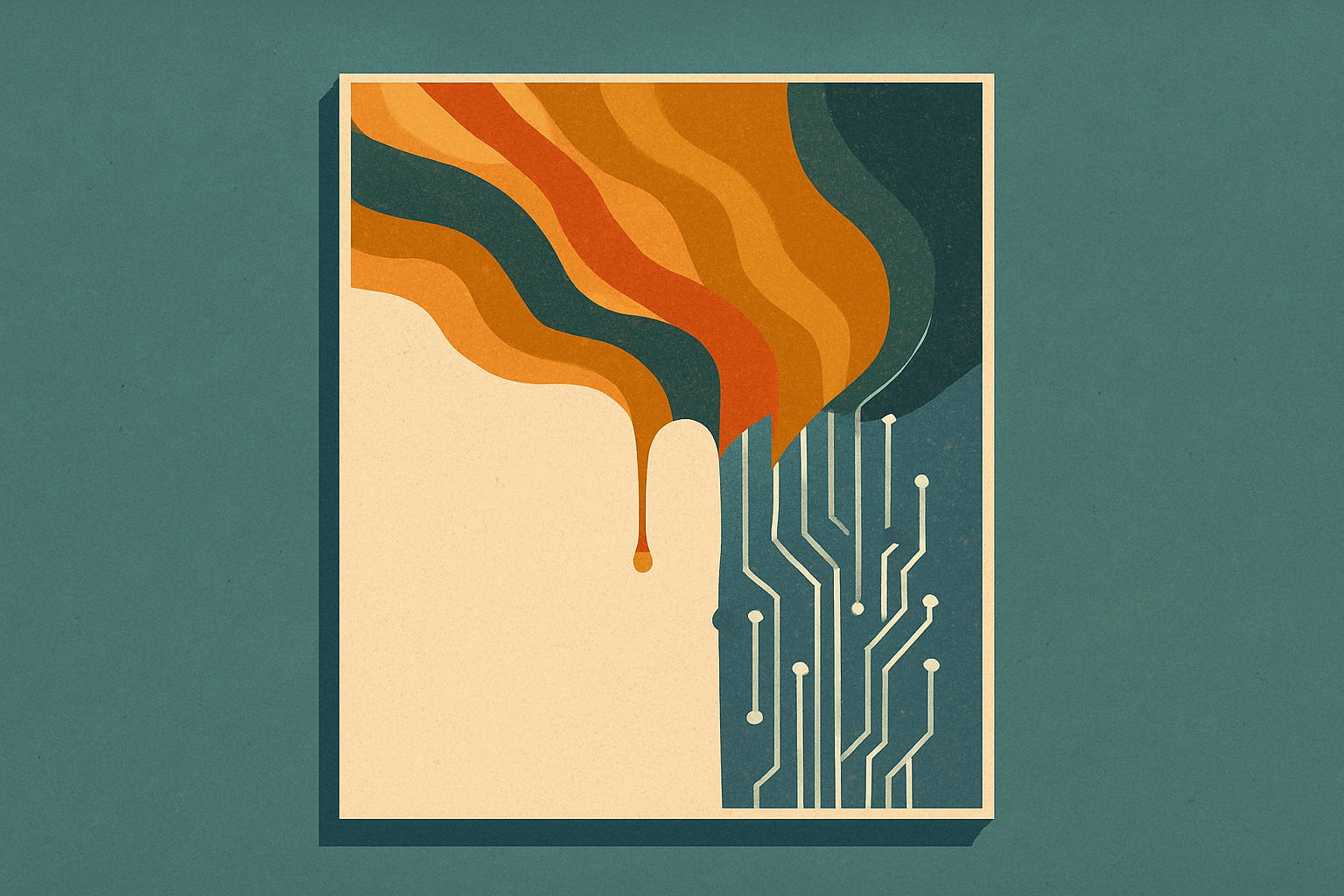When a system produces art, is it the creator — or the canvas?
Artificial intelligence has been hailed as a new kind of artist. From generating portraits to composing music and writing poetry, AI systems can produce work that looks — and sometimes even feels — creative. But are these systems truly artists in their own right, or are they better understood as sophisticated tools in human hands?
The Spectrum of Agency
Creativity with AI sits on a spectrum:
- AI as tool: a paintbrush, camera, or instrument, extending the human hand and mind.
- AI as collaborator: a system that surprises, suggesting possibilities the human may not have imagined alone.
- AI as artist: a system credited with authorship, treated as the origin of the work itself.
Where a given project falls on this spectrum often depends less on the system’s capability, and more on how humans choose to frame and value it.
The Role of Human Intention
Even when AI generates images or texts independently, human agency remains central. Someone designed the system, curated the data, and prompted the output. The creative act is distributed — part human, part machine, and part cultural context. This blurring makes it difficult to assign clear boundaries between tool and artist.
The Risk of Anthropomorphism
To call AI an “artist” risks anthropomorphising. These systems do not seek expression, nor do they experience meaning in what they produce. Yet humans are quick to ascribe intentionality to outputs that move or impress us. The label of “artist” often reflects our response, not the system’s reality.
Why It Matters
How we describe AI shapes how we govern and value it. If AI is a tool, the focus is on user responsibility. If AI is a collaborator, questions of co-authorship arise. And if AI is treated as an artist, we are forced to rethink ownership, originality, and even the meaning of creativity itself.
